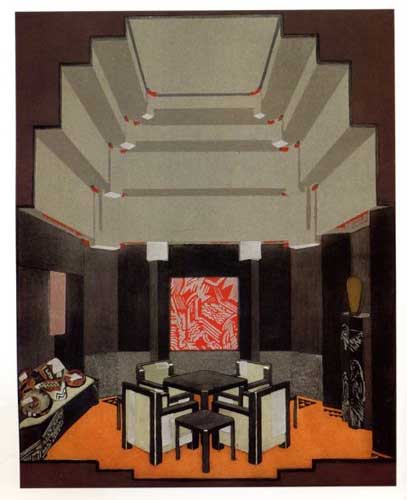Pick of the Picture Books: Paris/ New York: Design, Fashion, Culture 1925-1940, Edited by Donald Albrecht

Your support helps us to tell the story
From reproductive rights to climate change to Big Tech, The Independent is on the ground when the story is developing. Whether it's investigating the financials of Elon Musk's pro-Trump PAC or producing our latest documentary, 'The A Word', which shines a light on the American women fighting for reproductive rights, we know how important it is to parse out the facts from the messaging.
At such a critical moment in US history, we need reporters on the ground. Your donation allows us to keep sending journalists to speak to both sides of the story.
The Independent is trusted by Americans across the entire political spectrum. And unlike many other quality news outlets, we choose not to lock Americans out of our reporting and analysis with paywalls. We believe quality journalism should be available to everyone, paid for by those who can afford it.
Your support makes all the difference.In design, how many styles persist as an instant visual shorthand for elegant fun and relaxed sophistication more than 80 years after their creation? There's only one answer to that question: the Art Deco of the 1920s and 1930s, whose gleaming chrome, sinuous curving lines and luxurious geometry remain a must-have for restaurateurs keen to ride out the recession.
In its classic forms, Art Deco, like its related styles (from "International" modernism to Surrealism), was a transatlantic exchange between a rivalrous pair of taste-making metropolises. Edited by Donald Albrecht, Paris/ New York: Design, Fashion, Culture 1925-1940 (Monacelli Press, £28) tells this tale of two fashion-hungry cities in essays that cover the artistic ground from hotel and restaurant interiors (not to mention the liner Normandie) to stage sets, jazz culture, skyscrapers and haute couture.
After the Art Deco exhibition in Paris in 1925, US manufacturers rushed to catch up with the look of a new age. From pepper pots to party dresses, they turned an elite style into a suburban standby. Modern life has never looked sleeker or more streamlined.
Join our commenting forum
Join thought-provoking conversations, follow other Independent readers and see their replies
Comments